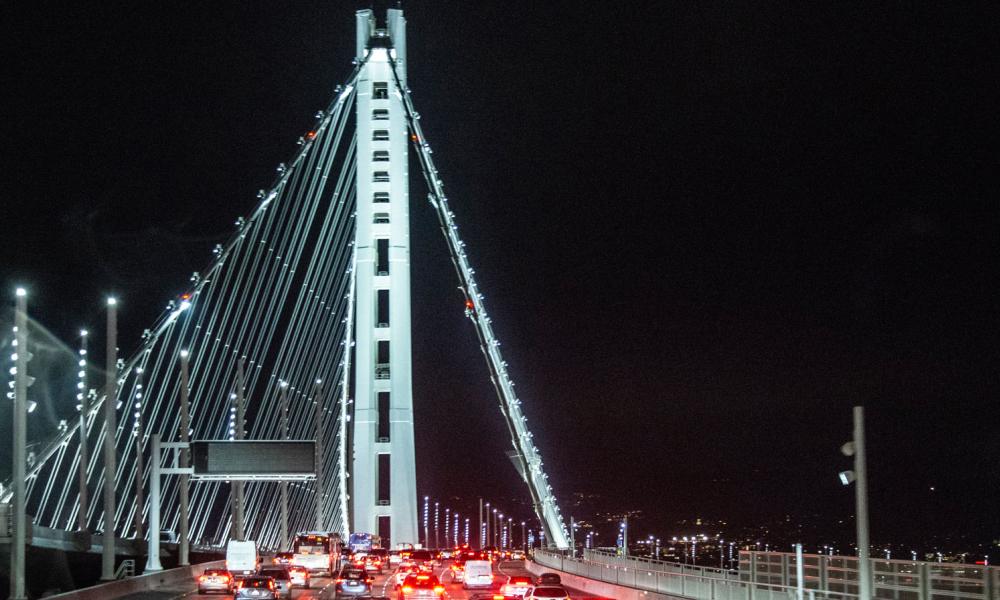Crossings: Perspective Paper Weighs Options for New Transbay Bridges, Tunnels

The construction of any new travel route across San Francisco Bay — whether for cars, trucks and buses; for BART or other rail services; or for a combination of auto and rail uses — certainly would have a transformative effect on the Bay Area, reshaping both the region’s transportation network and its broader growth pattern. And while many of the direct impacts on both transportation and land use that such a multi-billion-dollar undertaking would have can be anticipated, there also would be indirect impacts, on everything from the character of individual neighborhoods to regional construction activity, that may not become clear until decades after a project of this scale has been put into service.
Crossings: Transformative Investments for an Uncertain Future is one in a series of Perspective Papers developed as part of the Horizon initiative, led by the Metropolitan Transportation Commission and the Association of Bay Area Governments (MTC/ABAG). Horizon is a planning effort that, for the first time in the Bay Area, comprehensively addresses transportation, housing, economic development, and environmental resilience. In order to expand the traditional long-range planning process and incorporate uncertainty from a wide range of external forces, Horizon considers multiple “futures”, what-if scenarios for the future of the region. Additional information on Horizon, as well as previous Perspective Papers and Futures Reports, is available here.
The Crossings Perspective Paper was developed to embrace the uncertainty and to test the extent to which potential new crossings of San Francisco Bay can be expected to perform in each of the three “futures” considered as part of the Horizon process. These include a future known as “Rising Tides, Falling Fortunes” in which the nine-county Bay Area’s population rises by just 1 million people over the next 30 years; a “Clean and Green” future in which the region’s population increases by a bit more than 3 million; and “Back to the Future” in which, by 2050, some 6 million more people call the Bay Area home.
Crossings makes observations about the relative merits of seven different potential Transbay crossings with respect to mode and performance under these different futures, and it includes recommendations about which crossings should be analyzed further in the coming months and years. The report does not provide specific conclusions about the selection of any specific crossing. Rather, the findings and conclusions of this Perspective Paper will help inform the preparation of Plan Bay Area 2050, the region’s long-term blueprint for transportation, housing, the economy, and the environment. In addition to Plan Bay Area 2050 — which is slated for adoption by MTC/ABAG in 2021 — BART, Caltrans and other transportation agencies also may use the Crossings Perspective Paper to shape their own planning and project development efforts.


